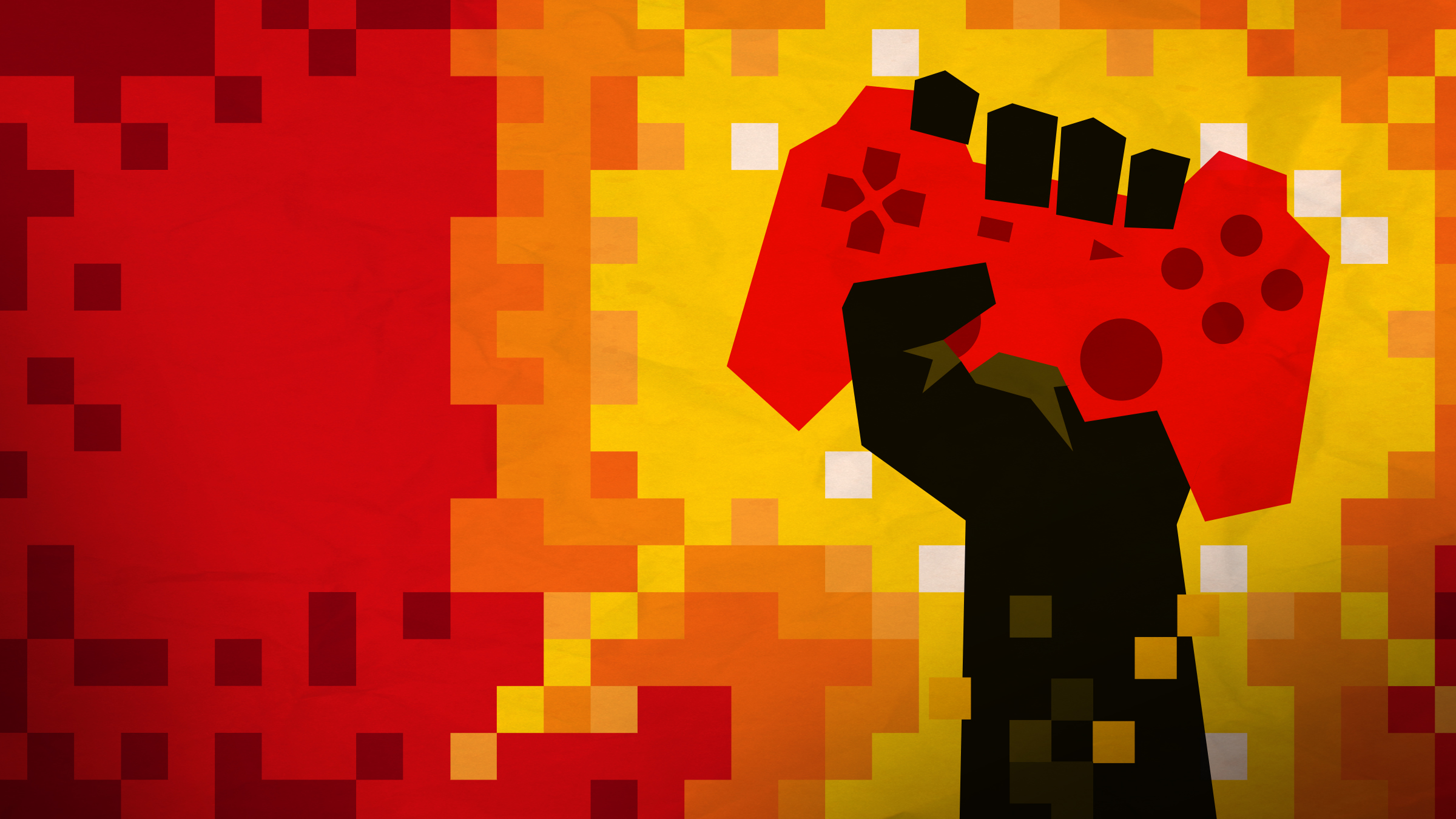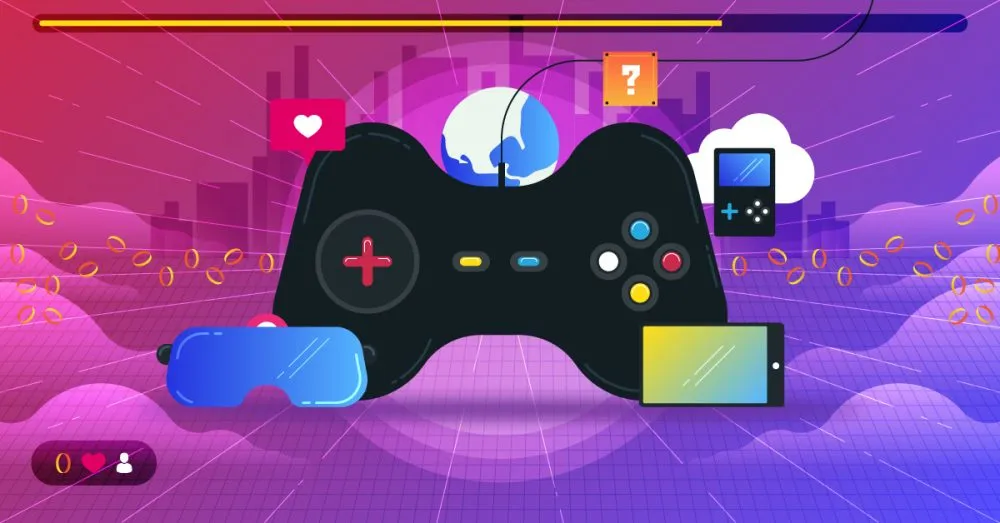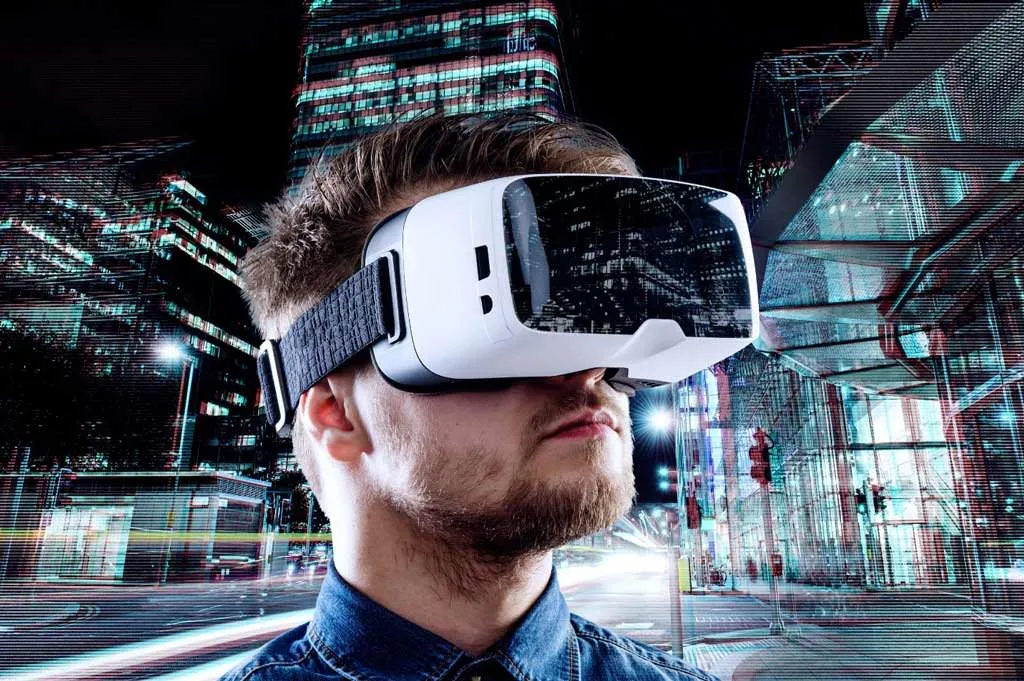Introduction to eSports and its rapid rise in popularity
The world of sports is undergoing a seismic shift, and at the center of this revolution is eSports. Once considered a niche hobby for tech enthusiasts, competitive gaming has exploded into a global phenomenon. Millions tune in to watch skilled players battle it out in games like League of Legends and Dota 2, transforming digital play into a spectator sport that rivals traditional athletics.
This surge in popularity has sparked conversations about what constitutes “sports.” Are video games just entertainment, or do they hold their own place alongside football and basketball? As we explore the rise of eSports, we’ll uncover its unique qualities and examine how it’s reshaping our understanding of competition itself.
Join us as we delve deep into the fascinating intersection between eSports and traditional sports—discovering not only how these realms differ but also how they’re increasingly intertwined. The future holds endless possibilities for both sectors; let’s explore what lies ahead.
How eSports differs from traditional sports
eSports and traditional sports both captivate audiences, yet they operate in fundamentally different arenas. While traditional sports rely on physical prowess, eSports thrives on mental agility and strategic thinking.
Competitors in traditional sports often engage outdoors or in stadiums filled with cheering fans. In contrast, eSports players compete from gaming setups across the globe, connecting through digital platforms.
Training methods vary significantly as well. Traditional athletes may spend hours honing their physical skills, while eSports professionals devote time to mastering game mechanics and team strategies.
Moreover, audience interaction shifts dramatically between the two spheres. Fans of traditional sports gather at venues or tune into broadcasts; eSports enthusiasts frequently engage through live streams and social media platforms.
These distinctions underline not only how each realm functions but also why they attract such diverse fan bases worldwide.

The impact of eSports on traditional sports industry
The rise of eSports has undeniably shaken the traditional sports landscape. As millions flock to online platforms, conventional games face a new kind of competition for attention and investment.
Sponsorship deals are evolving as brands recognize the vast audience that eSports commands. Traditional teams now seek partnerships with gaming companies, broadening their reach and influence.
Moreover, younger generations gravitate toward eSports. They prefer interactive engagement over passive viewing experiences. This shift challenges established sports leagues to innovate or risk losing relevance.
Traditional athletes are also stepping into this realm, often bridging gaps between both worlds. Collaborations can enhance visibility for all parties involved while fostering mutual respect among different fan bases.
As these industries intertwine further, we may see hybrid events combining physical and digital elements—creating unique spectator experiences that appeal to diverse audiences.
The integration of technology in both eSports and traditional sports
Technology plays a pivotal role in both eSports and traditional sports, reshaping how players engage with their respective games. In eSports, cutting-edge graphics and real-time analytics enhance gameplay experiences. Gamers rely on advanced software to analyze performance metrics, helping them refine strategies.
Traditional sports are also embracing tech advancements. Wearable devices track athletes’ biometrics, offering insights into health and performance. Coaches utilize video analysis tools to study movements frame by frame, optimizing training regimens.
Streaming platforms have revolutionized viewership for both realms. Fans now enjoy immersive experiences through virtual reality or interactive features during live events. This technology not only captivates audiences but fosters deeper connections with teams and players.
As the lines between physical and digital blur, the synergy of innovation creates exciting prospects for all types of sports enthusiasts. Whether in a stadium or online arena, technology continues to elevate athletic potential across the board.
Challenges and criticisms faced by the eSports industry
The eSports industry is not without its challenges. Critics often point to issues of regulation and governance. Unlike traditional sports, which have established governing bodies, eSports lacks a unified structure. This can lead to discrepancies in rules and standards.
Another concern revolves around player health and well-being. The intense pressure to perform can result in burnout or mental health struggles among gamers. Long hours spent training may also contribute to physical ailments like repetitive strain injuries.
Additionally, there’s skepticism about the legitimacy of eSports as a sport itself. Detractors argue that it doesn’t require the same level of athleticism or skill as conventional sports do.
Moreover, sponsorships and funding remain inconsistent across different regions, creating disparities between teams and players. These challenges highlight the growing pains within this rapidly evolving sector while emphasizing the need for sustainable practices.
Opportunities for collaboration between eSports and traditional sports
The convergence of eSports and traditional sports opens up a world of exciting opportunities. Cross-promotions can engage fans from both realms, fueling interest and expanding audiences.
Imagine athletes from traditional sports participating in charity gaming events. This collaboration not only raises funds but also fosters goodwill among diverse fan bases.
Another avenue lies in shared training facilities. Traditional athletes could benefit from virtual reality (VR) simulations to enhance their skills while gamers gain insights into physical conditioning.
Moreover, sponsorships can bridge the gap between both industries, attracting brands that wish to target younger demographics. Events combining live competitions with streaming platforms create an immersive experience for spectators.
These partnerships may lead to innovative leagues where players compete across different formats, enhancing competitiveness and entertainment value for all involved parties. The synergy between these two worlds has the potential to reshape how we perceive sports culture entirely.
The potential future growth of eSports and its influence on the sports world
The future of eSports is bright and filled with potential. With a global audience surpassing millions, it continues to attract attention from sponsors and investors alike.
New games are emerging constantly, creating diverse opportunities for competition. This expanding landscape keeps players engaged while drawing in new fans.

As traditional sports teams explore partnerships with eSports organizations, the lines between both worlds blur further. Imagine a football club owning an eSports team—this synergy can lead to innovative marketing strategies that captivate younger audiences.
Moreover, advancements in virtual reality and augmented reality promise immersive experiences for viewers. Fans could soon step into their favorite games or interact with athletes like never before.
With its rising popularity, eSports has the potential not just to coexist but thrive alongside traditional sports, redefining what it means to be an athlete in today’s digital age.
Frequently Asked Questions
The rise of eSports has reshaped the landscape of competitive entertainment. With millions of players and fans worldwide, its impact on traditional sports is undeniable. The blending of technology and athleticism opens new avenues for engagement and revenue.
Questions often arise about this evolving relationship. Here are some frequently asked questions that explore the dynamics between eSports and traditional sports:
What exactly qualifies as eSports?
eSports refers to organized, multiplayer video game competitions, often between professional players or teams. These events can be streamed live online or held in arenas with large audiences.
How do viewership numbers compare between eSports and traditional sports?
While traditional sports have established fan bases with long histories, recent studies show that major eSport tournaments attract millions of viewers worldwide, rivaling popular leagues like the NFL or NBA.
Are athletes in both fields recognized equally?
Recognition varies by region and demographic factors; however, as more mainstream media covers eSports events, player recognition continues to grow alongside their performance metrics.
What roles does technology play in both industries?
Technology enhances training methods in traditional sports through analytics while also enabling immersive experiences for fans through virtual reality setups at gaming events. From broadcasting to gameplay optimization, tech integration is pivotal for both sectors.
Can you participate casually in either sport without being a pro athlete?
Absolutely! Both realms offer platforms for casual participation—be it playing recreationally at home or joining local leagues—making them accessible regardless of skill level.
As the lines blur further between these two worlds—and new opportunities continue to emerge—the evolution promises exciting developments ahead within both communities.











